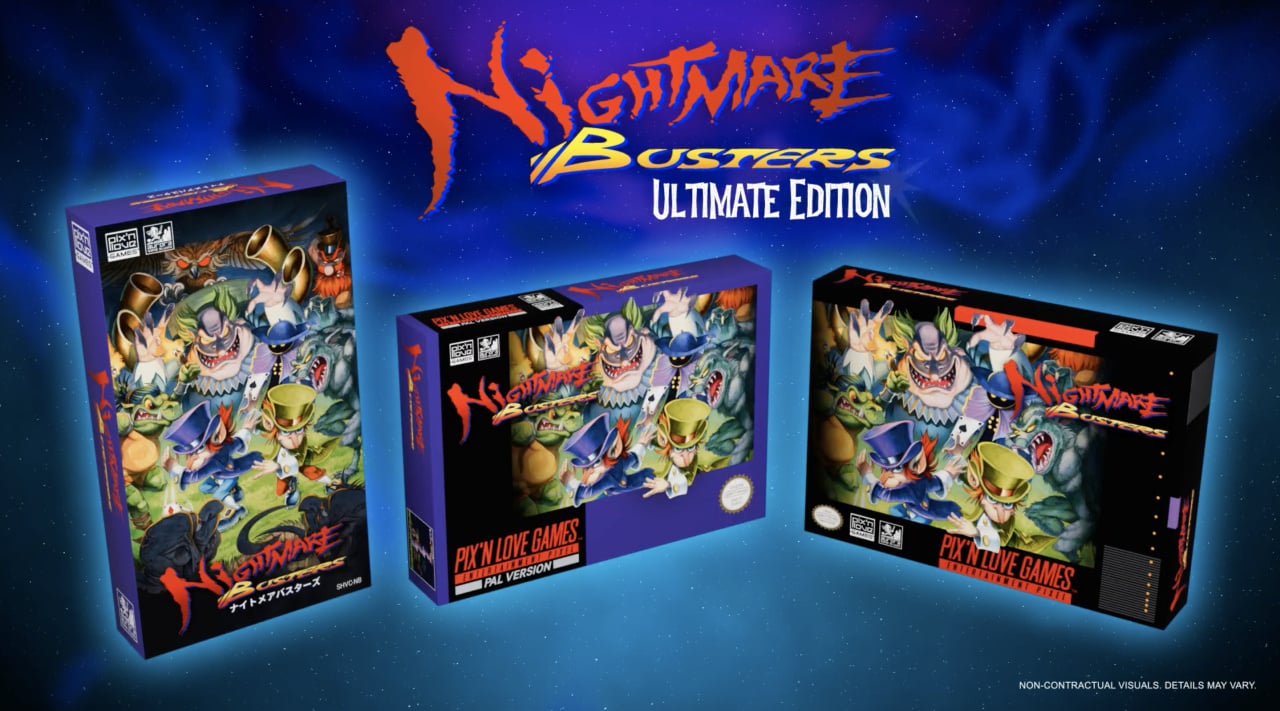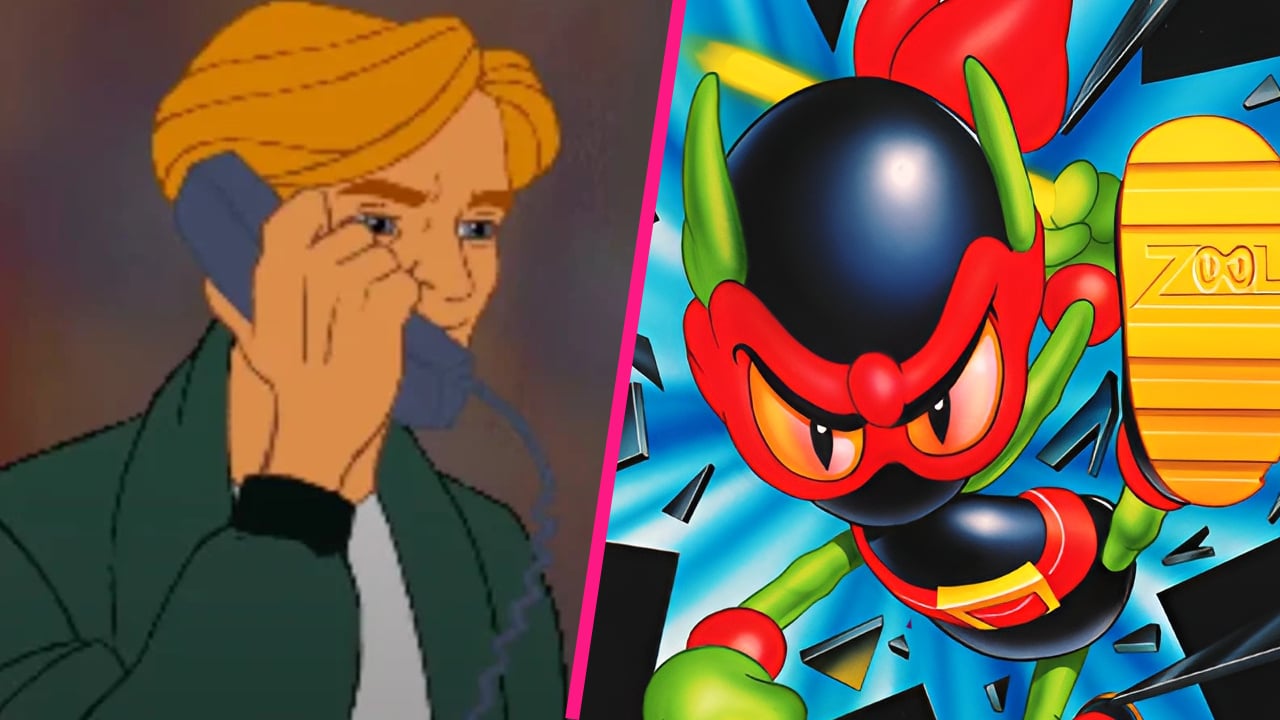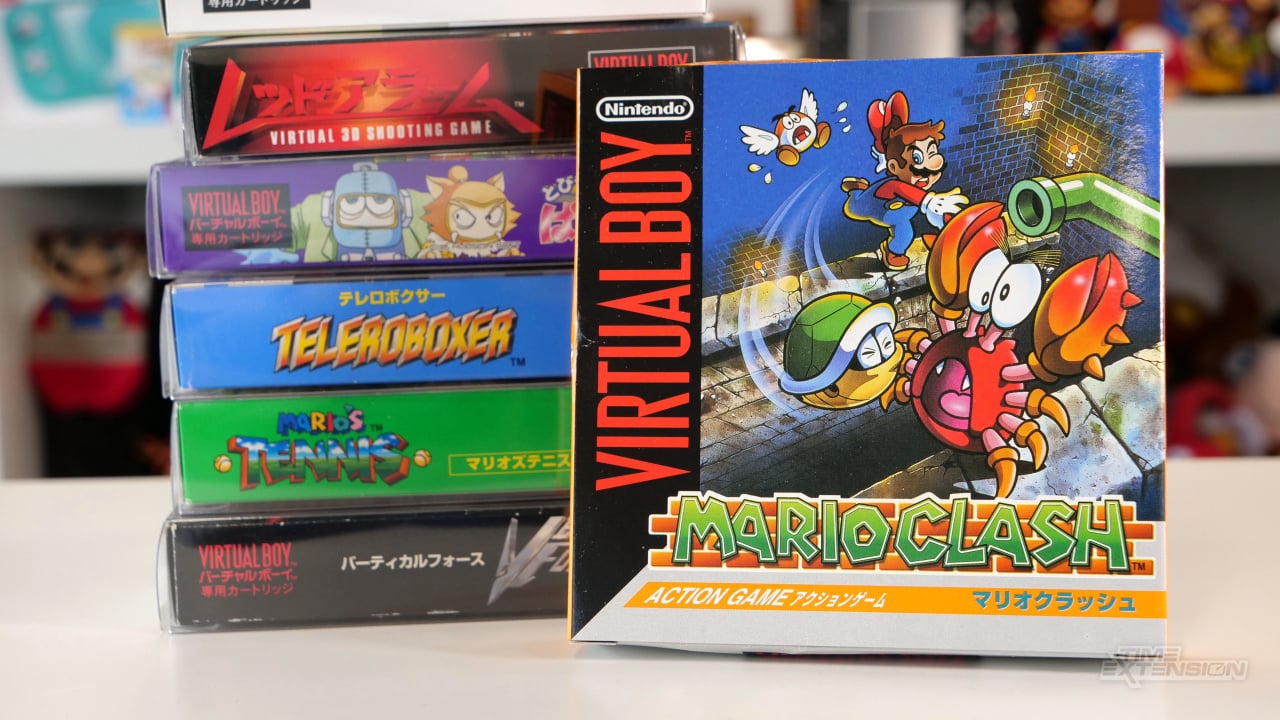A major factor of retro gaming isn’t just what the games themselves are so much as the context of where they were played. Kyle Orland’s Minesweeper from Boss Fight Books is an excellent demonstration of this philosophy in action, simply because Minesweeper isn’t really the kind of game that comes to mind as a retro gaming classic. What, that cheap pack-in game that used to be bundled in old Windows operating system packages? No characters, no plot, just left clicking and right clicking your way through a minefield grid? What kind of a story can you get from a game like that?
As it happens, quite an elaborate one. Orland denotes a fascinatingly circular route through the development, not just of Minesweeper, but the same style of minesweeping games that predate and postdate it. Somewhat comically, both Minesweeper’s ancestors and its descendants did and do have plots. They revolved and revolve around trying to find a path through a minefield, as opposed to just locating every single mine on the grid. They were and also are nowhere near as popular as Minesweeper was in its heyday, because as pack-in software, nearly everyone who owned a Windows operating system in the nineties at least tried to play it.
This also led to the great forgotten moral panic of the nineties, about how games like Minesweeper and Solitaire sapped worker productivity in the office because office employees could take a break at any point and just open up those games. I was surprised to find distinguished columnists in the New York Times and similarly lofty publications writing screeds against the addictive power of these games. I was maybe not quite so surprised to learn that Bill Gates had such a strong addiction to Minesweeper that employees had to conspire to keep him from wasting quite so much on the game.
In Orland’s conceptualization, Minesweeper is significant not just because of its ridiculous availability, but also due to the fact that its simplistic design is perfect for the classic two button mouse. Left click steps on a piece, giving clues as to how many mines are on adjacent spaces, and right click flags a confirmed mine there so you don’t have to worry about stepping on it later. For people who had never seen two button mouses before, and thus couldn’t quite see the purpose of them, Minesweeper is a great tool for understanding their functionality.
So it was that Minesweeper experienced a slow downfall in the modern era. Newer Microsoft operating systems do not include Minesweeper as pack-in software, and even if newer versions of the game can be downloaded for free via the Microsoft Store, the experience just isn’t the same. Not as convenient. There’s also the matter of how modern tablets and cell phones do not have two click functionality. With only a single click, there just isn’t any coherent way to play the game. Alternate touchscreen controls simply don’t work well for the sort of perfect play that Minesweeper requires, as a single misclick blows up the whole board.
Orland also gets a lot into the competitive Minesweeper community, which died out for many of the usual reasons yet also had its own intriguing drama about Minesweeper boards only really being pseudorandom, as opposed to properly random, a common glitch in many games from the nineties, with technical explanations so comically arcane Orland gives up trying to give a fully in-depth accounting for how it happens. The question begged, in any case, is what does it mean to have a world record in Minesweeper? Or a personal one? Is it skill if you’re just memorizing boards, however inadvertently, or is mastery of the process what really matters?
I couldn’t get past how engaging all of these questions and history were when, once again, the book is about Minesweeper. Minesweeper! The very name is synonymous with low effort gaming, dreaded casual gaming even, yet the story of even a simple game like this and the cultural movements it inspired is remarkably complex. Nineties computing was a major moment of cultural history for video gaming, and while more sophisticated titles like Doom get most of the historiography, Orland makes a compelling argument that if you wanted to know what gaming life was like for the more typical computer user back then, you have to dive deep into the glory earned by clearing a Minesweeper board.
The post A review of Minesweeper from Boss Fight Books appeared first on Old School Gamer Magazine.










